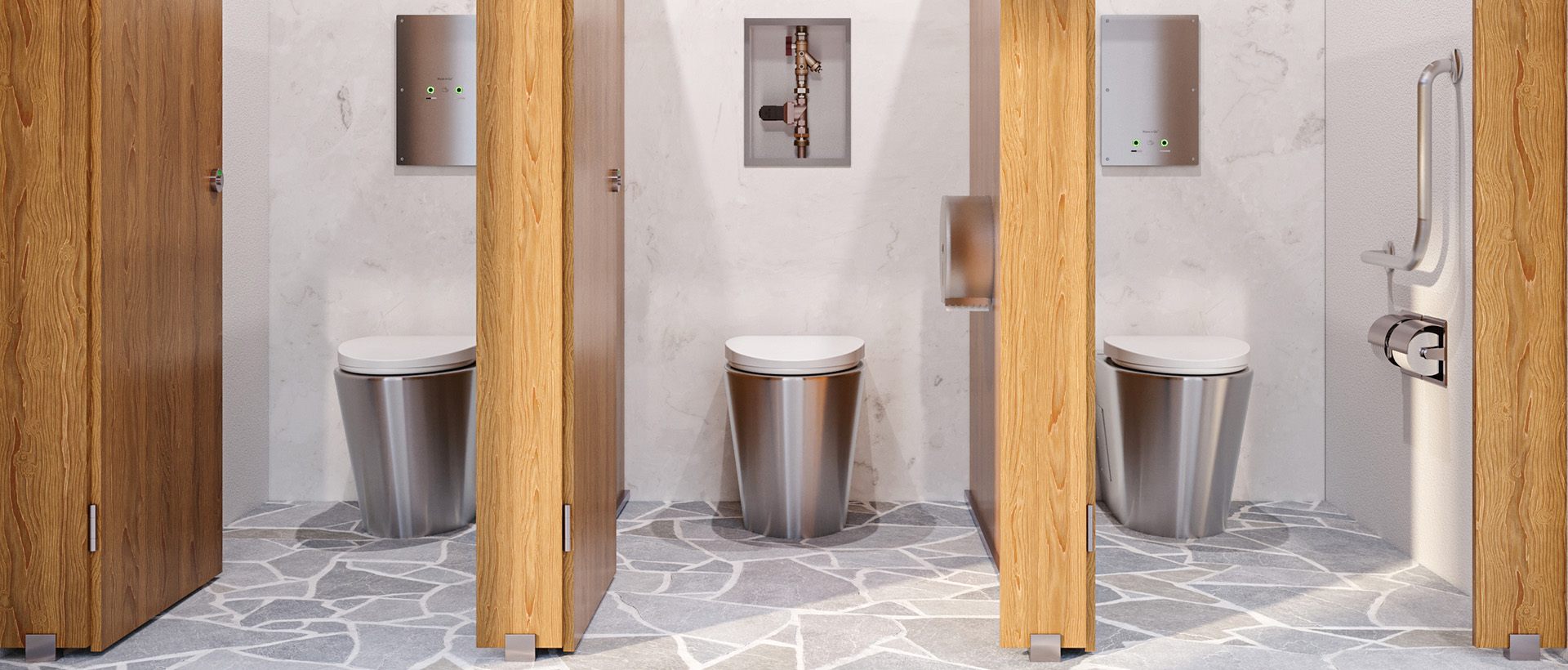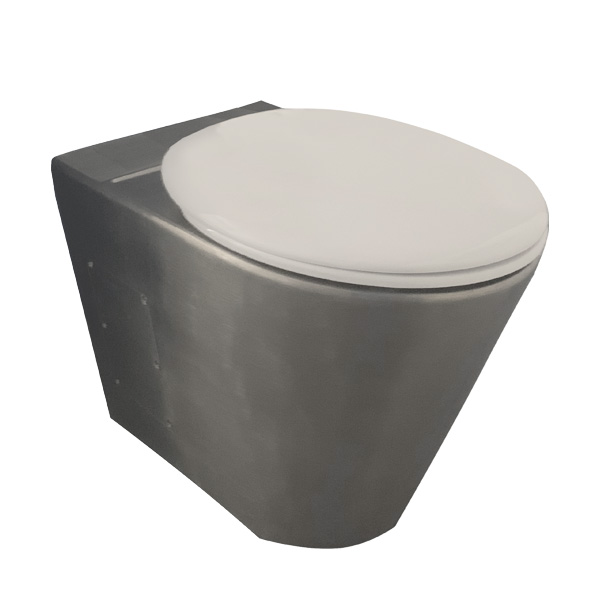Designing a public washroom that reliably provides a positive user experience can be surprisingly challenging. It's a tricky balance when you're trying to juggle run-of-the-mill project concerns like budget and deadlines with the unique combination of high traffic and limited oversight that most public facilities tend to operate under.
One of the most common concerns we hear from specifiers is how they can best mitigate vandalism without reducing the level of amenity provided. It's a common enough query that we've taken the time to nominate three of our top tips below for you to implement into your next project!
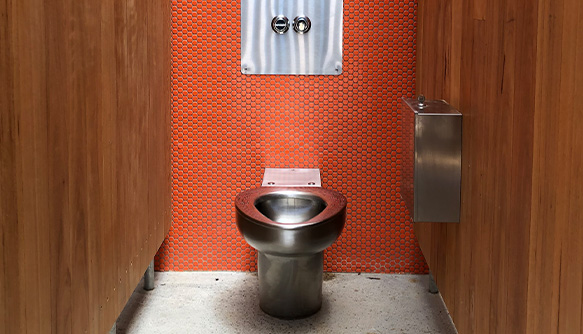
1. BETTER ENVIRONMENTAL DESIGN
In years gone past, it was common practice to place public toilet facilities in out of the way locations. While this may have made sense aesthetically, hiding necessary but unpleasant facilities out of sight, it also provided potential vandals with the perfect opportunity to strike. Clever environmental design would instead place the facility in areas of high traffic or within view of these areas. This has been taken further recently, with many public washroom facilities (such as the example below) opting for open-air designs that maximise visibility whilst still maintaining privacy with individual cubicles.
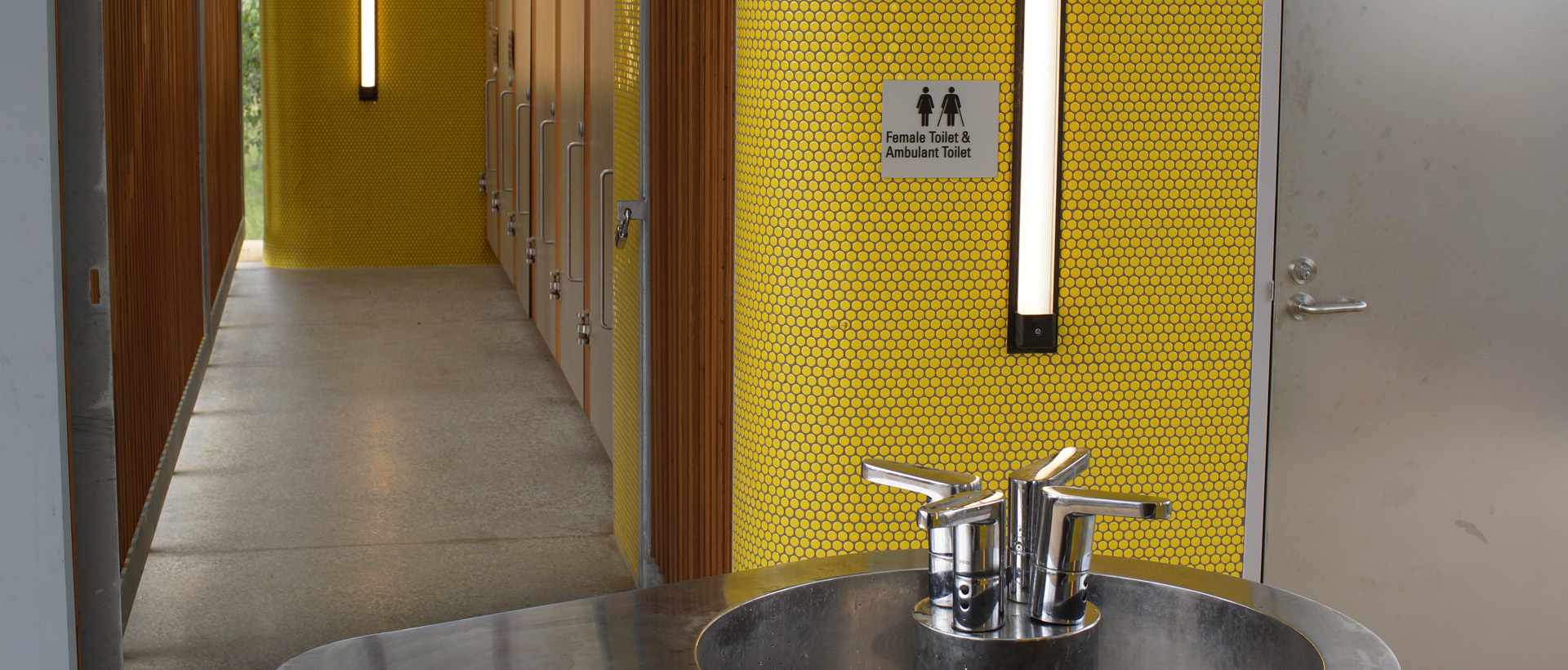
2. KEEP IT CLEAN AND TIDY
There is also evidence that simply keeping the facility clean and tidy can significantly reduce the likelihood of vandalism. A study by the University of Groningen in the Netherlands found that the presence of litter and graffiti in public spaces increased the likelihood of further antisocial behaviour (like vandalism). Anecdotally, it's certainly easier to justify not properly disposing of a paper towel if they're already strewn across the washroom floor!
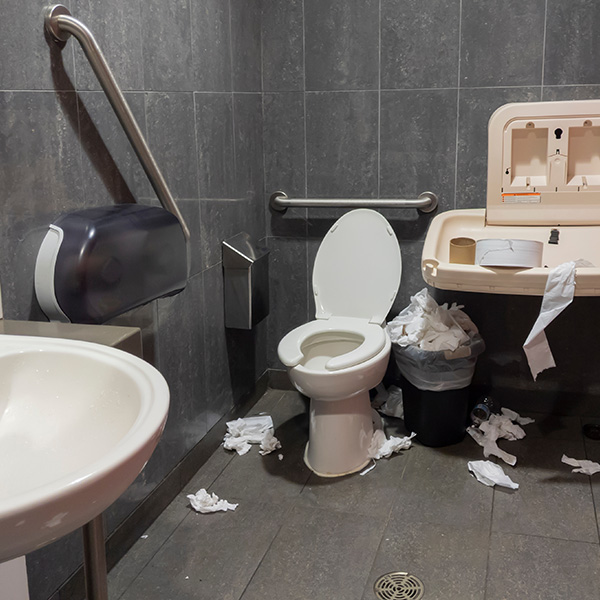
3. 'TARGET HARDENING'
Last but certainly not least, designers can opt for 'target hardening'. This involves implementing strategies and fixtures that make undesirable behaviour like vandalism or drug-taking more difficult and less rewarding.
The most obvious example would be installing fixtures constructed from vandal-resistant materials like polycarbonate or stainless steel (like our new range of 4.5/3L stainless WCs, see left!) over their less durable counterparts. Savvy designers might also opt to add overly bright exterior or blue-tinted interior lighting to deter criminal behaviour or add physical and chemical barriers like graffiti-resistant paints to resist marking and allow staff to use harsher chemicals for cleaning.
Interested in learning more or want to share some of your own tips for vandal-resistant design? Get in touch today at rba.com.au/contact
